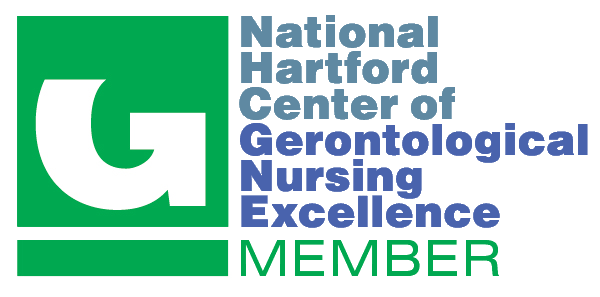Doctor of Nursing Practice Program
Fatima McElveen-Milbourn, DNP, MSN, AGPCNP-BC, PMHNP-BC

-
Committee Chair Name & Credentials:
Rose Vick, PhD, PMHNP-BC
DNP Project Abstract
Standardized Procedure for Performance of In Office Blood Pressure Measurements in a Primary Care Setting
Purpose
The purpose of this project was to standardize a clinical procedure to improve the accuracy of automated in-office blood pressure measurements in a primary care setting. The project design was adapted from the 2015 evidence-based practice model, Measure accurately, Act rapidly, and Partner with patients, families, and communities (2015 M.A.P) checklist, developed by the American Medical Association and Johns Hopkins University.
The medical staff was observed performing automated blood pressure measurements of 50 patients, and an analysis of their performance with and without checklist implementation was evaluated. Baseline observation revealed staff performed blood pressure measurements accurately 40% of the time using the M.A.P checklist.
Methods
This quality improvement project assessed the performance and technique of medical staff obtaining automated blood pressure measurements in a primary care setting using the Plan-Do-Study-Act (PDSA) method to evaluate change.
The staff was observed taking blood pressure measurements of 50 patients, 25 patients without a standardized procedure, and 25 patients after developing, educating, and implementing a standardized approach.
Results
The staff improved the accuracy of blood pressure measurements from 40% to 84% after using the evidence-based protocol for improving blood pressure screenings. They improved the most in supporting the patient's arm (100%) and positioning the cuff at heart level (100%). The team saw a decline in supporting the patient's back (84%) and ensuring they had their feet on the ground (84%). The clinical environment and the decision of patients to sit on the exam tables during triage rather than in exam room chairs contributed to this performance decline. The staff met their goal of 90% or higher in seven out of nine categories for ensuring proper patient positioning during blood pressure screenings.
Implications for Practice
The 2015 M.A.P checklist is an evidence-based practice guideline primary care clinics can adopt to improve the accuracy of in-office automated blood pressure measurements. The checklist is an inexpensive tool clinicians can implement to improve patient screening outcomes and ensure correct positioning and technique by medical staff despite varying medical backgrounds or staffing shortages. When there is consistent accuracy in obtaining blood pressure measurements, these readings positively impact clinical decisions for providers and optimize blood pressure control for patients diagnosed with hypertension.




